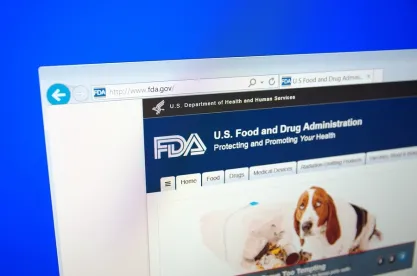The U.S. Food and Drug Administration (FDA) issued a final rule on August 12, 2016, that seeks to clarify the criteria used to determine whether the use of a substance in human or animal food is generally recognized as safe (GRAS). The rule applies to components that may be used as GRAS in food-contact substances, such as packaging materials as well. GRAS substances are not subject to the premarket approval requirements of the Federal Food, Drug, and Cosmetic Act (FD&C Act).
The GRAS criteria require that the safe use of an ingredient in human and animal food be widely recognized by the appropriate qualified experts. In this regard, the rule addresses the scientific evidence that should be used to demonstrate safety as well as the manner in which a party can demonstrate that the scientific evidence used to establish safety is generally available to the relevant expert scientific community and accepted by that community as demonstrating a reasonable certainty of no harm.
FDA also announced in the final rule that the voluntary GRAS affirmation petition process was now formally being replaced with a voluntary notification procedure (GRASN). In practice, FDA has not made available the GRAS petitioning process for human food since the notification procedure was first proposed in 1997. Under the GRASN procedure, a party is permitted, but is not required to, notify the agency of a its conclusion that a substance may be used in or with food as GRAS under specified conditions of use.
For background information on how the Agency finally came to adopt this final rule, see the PackagingLaw.com article,The Increasing Scrutiny of Food Packaging.
The final rule will become effective 60 days after it is published in the Federal Register. A pre-publication version of the final rule is available on FDA’s website.



 />i
/>i

